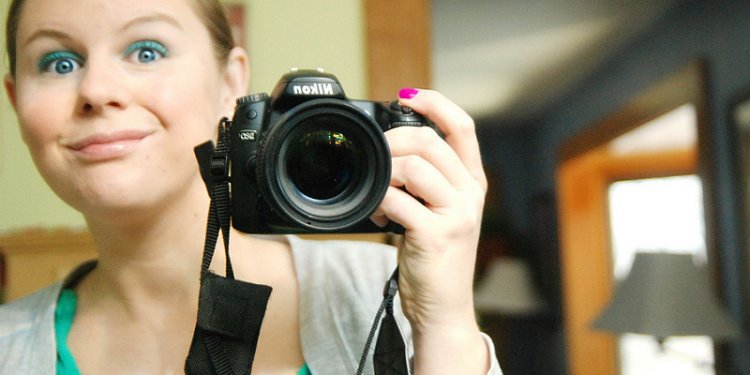
Mohair Knit fabric
Mohair is truly a luxury fabric. It has many of the properties of wool, as well as the texture of a fur-like fabric. A mohair garment is a pleasure to wear!
Treatment:Mohair comes in two types of yardage, woven and knit. Each type has its own properties, but the same care instructions apply for both types. Both mohair fabric types range in weight from the very thin, soft gauzes and sweater knits to the heavy mohair coatings and velvets. Base your sewing and construction choices on the weight of the fabric, as well as the type of fabric you are using. Here are the sewing preferences that are common to all mohair fabrics: Treat mohair as you would a fine sweater. If you must wash, hand wash and lay flat to dry. The preferred treatment, however, is drycleaning.
Needles:Choose your needles based on the weight of the fabric. Lighter mohairs should use a smaller needle, heavier mohairs a thicker needle. Use a stretch needle for knits, a sharp needle for wovens. Cotton/poly or all polyester threads are the best general choices for mohair, although a silk thread will also perform well.
Interfacing:In most cases, a sew-in interfacing is the best choice for mohair. A fusible will flatten the pile of the fabric, marring its beautiful texture. If you need to stabilize a length of yardage, use a cool-fuse interfacing like So-Sheer. It is best to block fuse mohair as total yardage rather than cutting out individual pattern pieces to fuse. In this way, there is less distortion of the grain. Lay a velvet board or a terrycloth towel on the ironing board under the fabric to preserve the nap of the mohair when fusing, and use a light touch with the iron. After fusing, allow the fabric to cool completely before removing it from the ironing board. Then carefully lift the fabric from the ironing board and shake it slightly to loosen the hairs. If you need to underline with a non-fusible, use silk organza or thin cotton batiste as underlining. You may find it necessary to machine or hand-quilt the mohair to the underlining in several places to secure it to the underlining. Use the largest machine stitch available for this quilting if you prefer to do this by machine. It is actually faster and easier to do by hand; take large, long stitches to secure the underlining to the mohair. Rows of quilting done about 2-3 inches apart are usually enough to prevent the distortion and dragging that sometimes takes place when a mohair garment is worn.
Seams:If you do not plan to line the garment, seam finishes will be necessary. Use sharp scissors or an old electric razor to remove the hairs from the surface of the interior of the seam allowances. This helps greatly with eliminating bulk and increasing the comfort of the garment. Then bind the edges of the seam allowances with rayon seam tape or bias binding made from a soft fabric. Knit mohair can be hemmed with a double needle; use a 4.0/75 stretch needle for best results. For heavier mohairs, use a facing made of a soft coordinating fabric for your hem to eliminate bulk. A chain weight added 1 inch above the hem is a good way to balance and maintain the shape of the hem during wear.
Pattern choices:Simple pattern shapes are the best choices for mohair. You want the fabric to be the star! Simple sweater shapes, tees, coats, shawls, shrugs, cardigans, and ponchos are good choices. 100 % mohair is not a good choice for pants or skirts.
Creative possibilities:Bindings are beautiful on the edges of mohair garments. Choose leather, suede, fold-over braid, satin binding, or ribbing. In general, the simpler the design, the more successful the mohair garment.

















